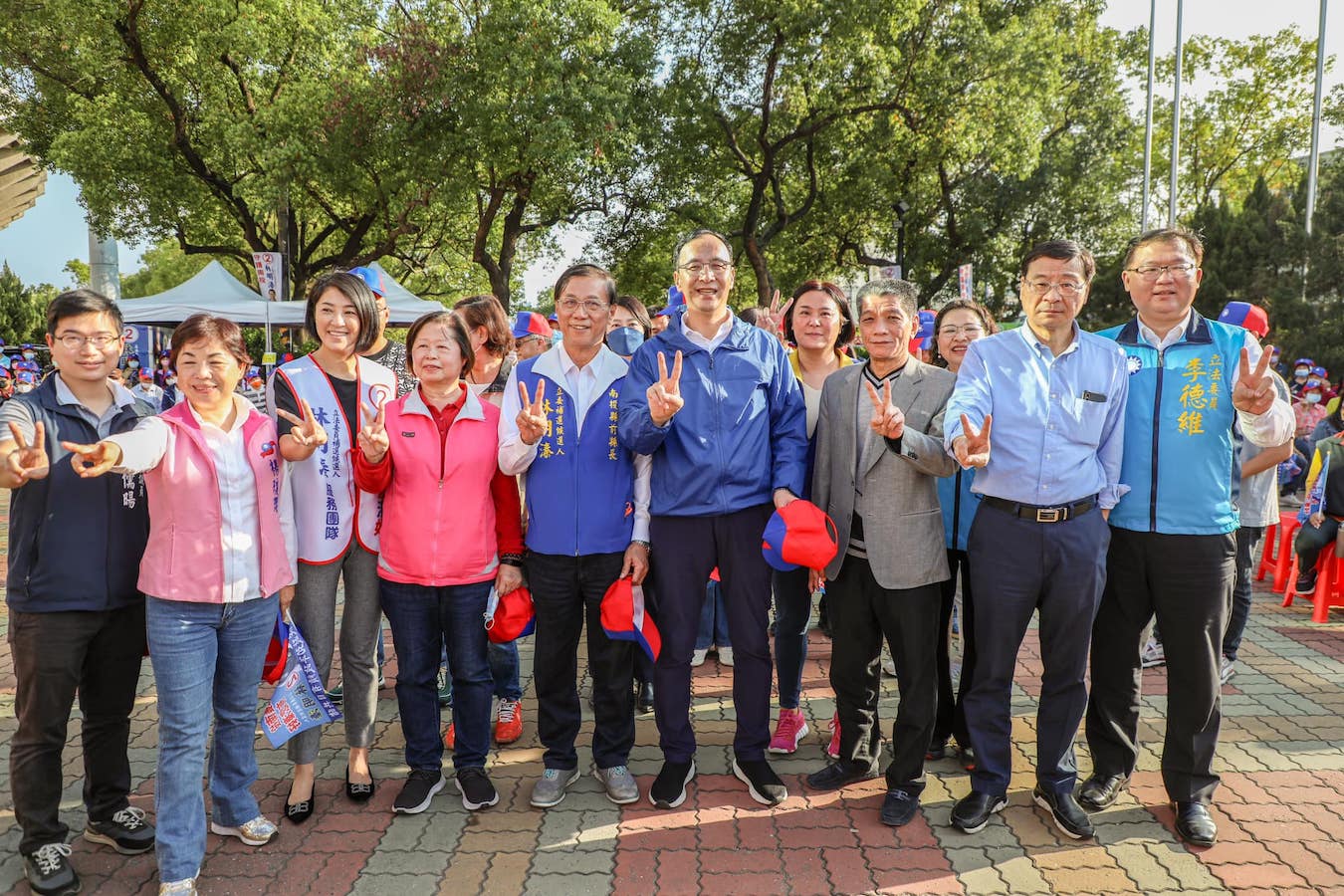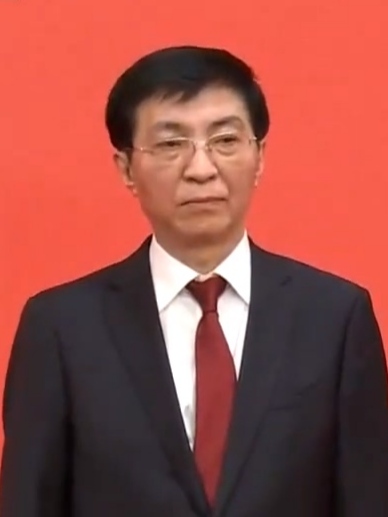by Brian Hioe
語言:
English
Photo Credit: KMT/Facebook
KMT VICE CHAIR Andrew Hsia once again traveled to China last week in order to meet with Chinese government officials. This included not only newly appointed Taiwan Affairs Office head Song Tao, who took office in December, but also CCP chief ideologist Wang Huning. Hsia has indicated in comments that the main portion of his trip is over, however, he will continue to travel around China to meet with Taiwanese businessmen in China.
This is not the only visit to China by Hsia in recent memory. Hsia previously visited China to meet with Chinese government officials following US Speaker of the House Nancy Pelosi’s visit to Taiwan last August. After the visit, China began a series of live-fire exercises around Taiwan that took place closer to it than during the Third Taiwan Straits Crisis.
At the time, younger members of the KMT issued an open letter calling for the trip to be reconsidered, given the potential to impact the public image of the party. After all, the KMT having faced issues turning its pro-China image around in past years is thought to have impacted its election performance, resulting in its 2020 losses. Likewise, such a trip to China would frustrate chair Eric Chu’s pledge to change this image and rebrand the party as a pro-American, through moves such as reopening its shuttered Washington DC office.
 KMT chair Eric Chu (center) and other politiciians. Photo credit: KMT/Facebook
KMT chair Eric Chu (center) and other politiciians. Photo credit: KMT/Facebook
It is unclear why Hsia made the trip after the August live-fire drills, such as whether he went and did this on his own or whether this was at Chu’s behest–perhaps as a way of hedging bets both regarding Beijing and Washington DC. The KMT later reacted against Chinese state-run media framing the trip as Hsia “suing for peace” on behalf of the party. Nevertheless, any blowback regarding Hsia’s visit did not prove an obstacle to the KMT’s later successes in November nine-in-one elections.
Hsia visiting China this time around has led to greater focus than in the past because of the fact that he would be meeting with Wang Huning. Wang will soon take up a position as chairman of the National Committee of the Chinese People’s Political Consultative Conference and deputy head of the Central Leading Group for Taiwan Affairs, as a result of which he could focus more on Taiwan-related issues in the future.
This led to speculation as to whether Hsia meeting with Wang would result in some new formula to supersede the 1992 Consensus. In particular, the 1992 Consensus is increasingly seen as a barrier for electoral success by the KMT, something that led Eric Chu to suggest dropping it when he initially became KMT chair. Chu’s predecessor as KMT chair, Johnny Chiang, also suggested doing the same when he became chair. Nevertheless, resistance from party heavyweights that played important roles in cementing the 1992 Consensus, such as former president Ma Ying-jeou, led to the idea being dropped.
The possibility of a new formula for cross-strait relations to supersede the 1992 Consensus had been raised in the past. For example, this was seen as a possible outcome of the meeting between Ma Ying-jeou and Xi Jinping in 2015, seeing as a meeting between the leaders of the KMT and CCP would take place at a level far above the 1992 meetings that led to the 1992 Consensus.
To this extent, one of the factors behind the 1992 Consensus becoming increasingly politically inexpedient for the KMT is its association with One Country, Two Systems, which is increasingly toxic in Taiwan after the deterioration of political freedoms in Hong Kong in past years. During 2020 elections, despite that its presidential candidate Han Kuo-yu had been meeting with then-Chief Executive Carrie Lam not too long earlier, the KMT was pushed into the position of having to rapidly backpedal after the 2019 protests. Han then began attacking Lam during campaigning as part of efforts to distinguish the KMT’s 1992 Consensus from One Country, Two Systems. Similarly, prior to the protests breaking out, Xi provoked outrage in Taiwan following a speech in which he stated that force was still on the table for unifying Taiwan and China and asserted that One Country, Two Systems was the framework for achieving unification. Anger over these comments led to an uptick in support for the Tsai administration.
 Wang Huning. Photo credit: China News Service/CC BY 3.0
Wang Huning. Photo credit: China News Service/CC BY 3.0
Yet no new formula has resulted from Hsia’s trip so far. Hsia’s meeting with Wang and Song only resulted in reemphasizing the 1992 Consensus, though with some talk of the “national rejuvenation” of China. It may be that neither China nor the KMT are able to craft any more compelling formula for unification than the 1992 Consensus at present. It is possible that individuals in the KMT that view the 1992 Consensus as part of their political legacy, such as Ma Ying-jeou, are resistant to the notion of a new consensus or it may be that neither side has fresh ideas.
Either way, one expects the KMT to continue with attempts to frame the DPP as needlessly provoking cross-strait relations and to lean into its traditional claim that it is the only political party in Taiwan able to communicate with China and that being why it should hold political power. For its part, the Tsai administration’s Mainland Affairs Council has called on China to resume talks without preconditions, while the DPP has criticized Hsia as failing to uphold Taiwan’s sovereignty during the meeting.

